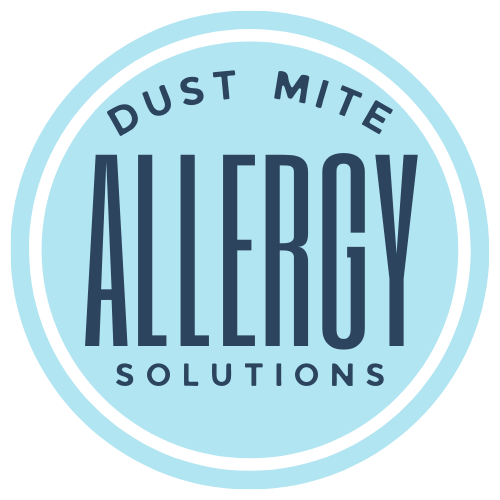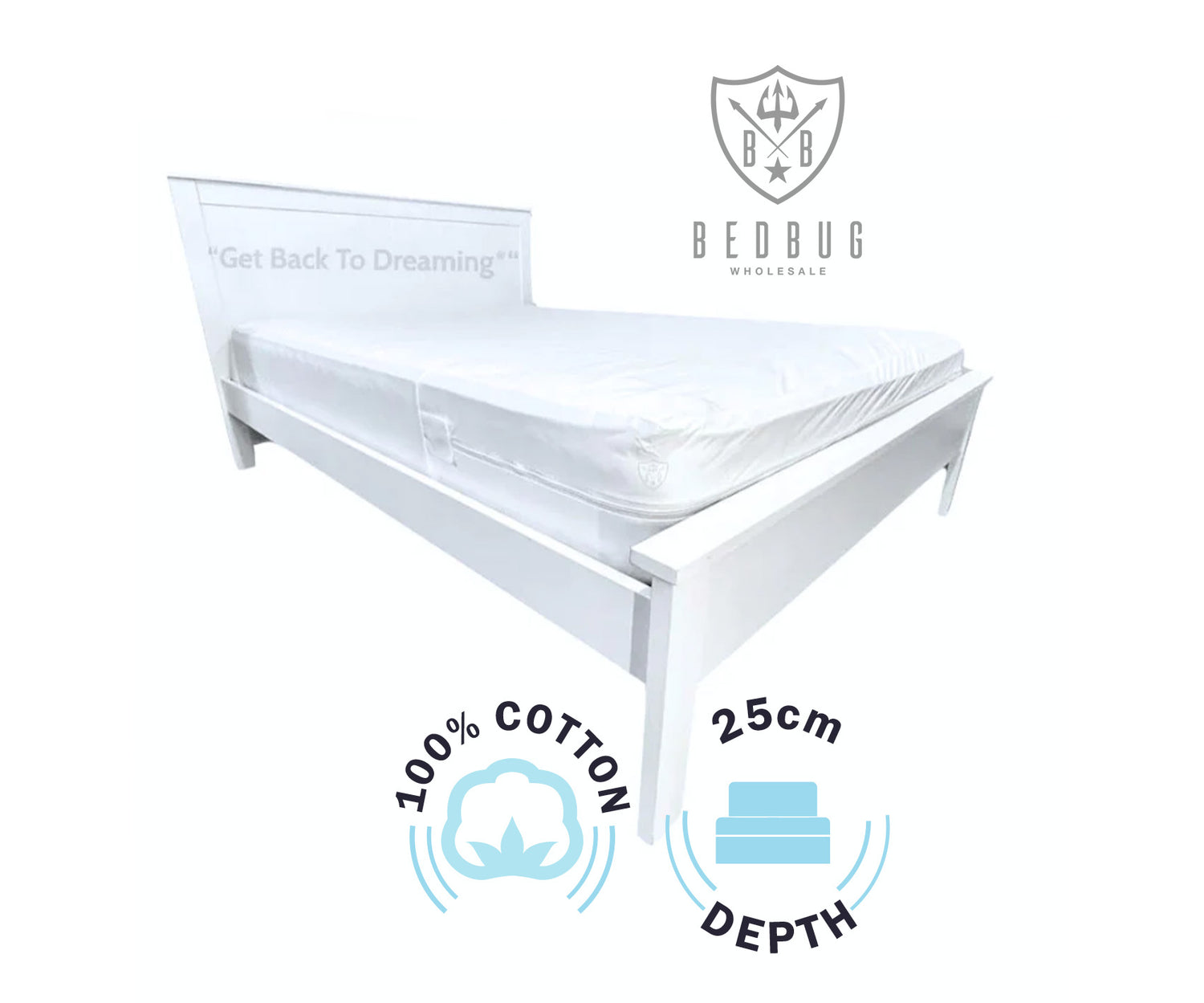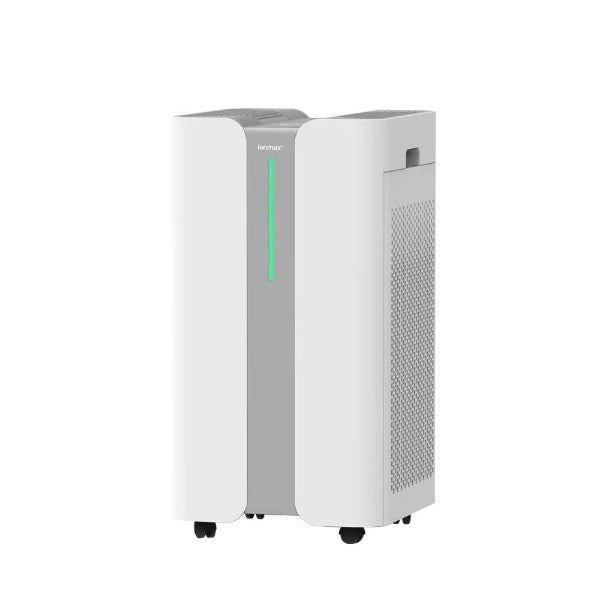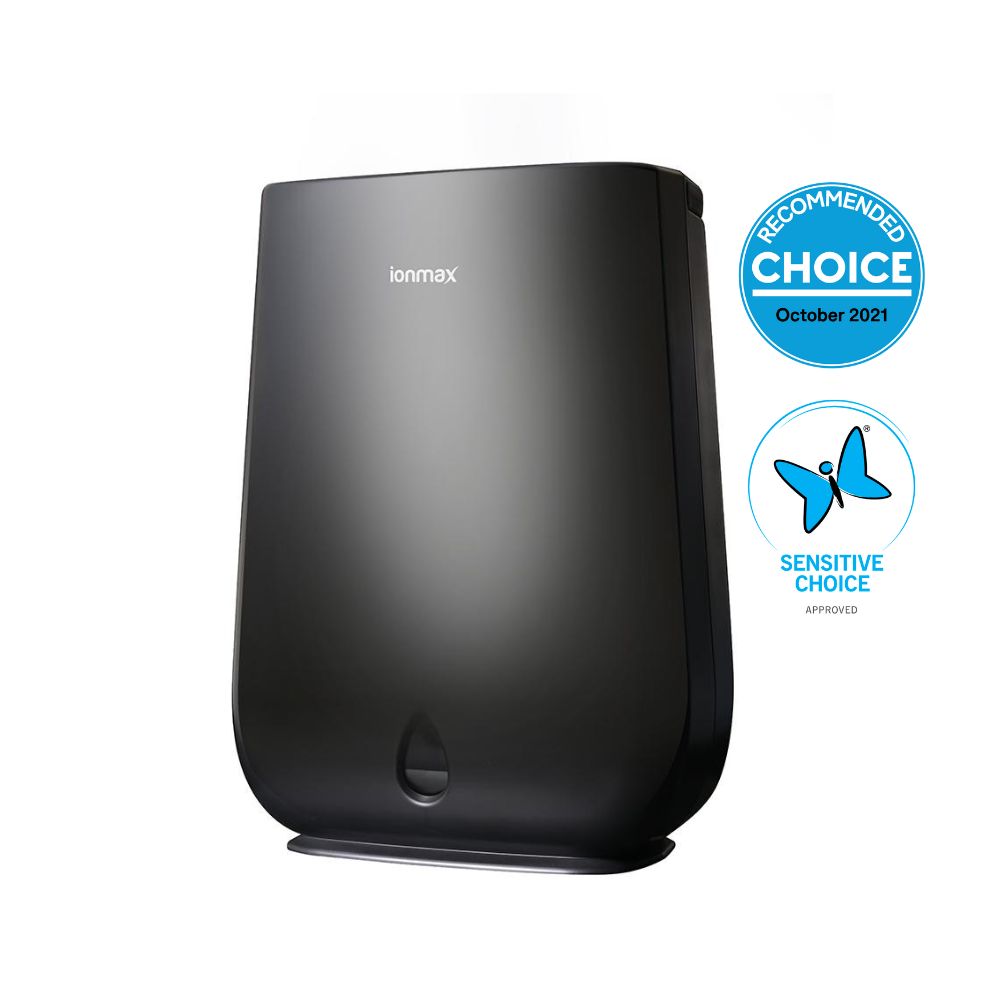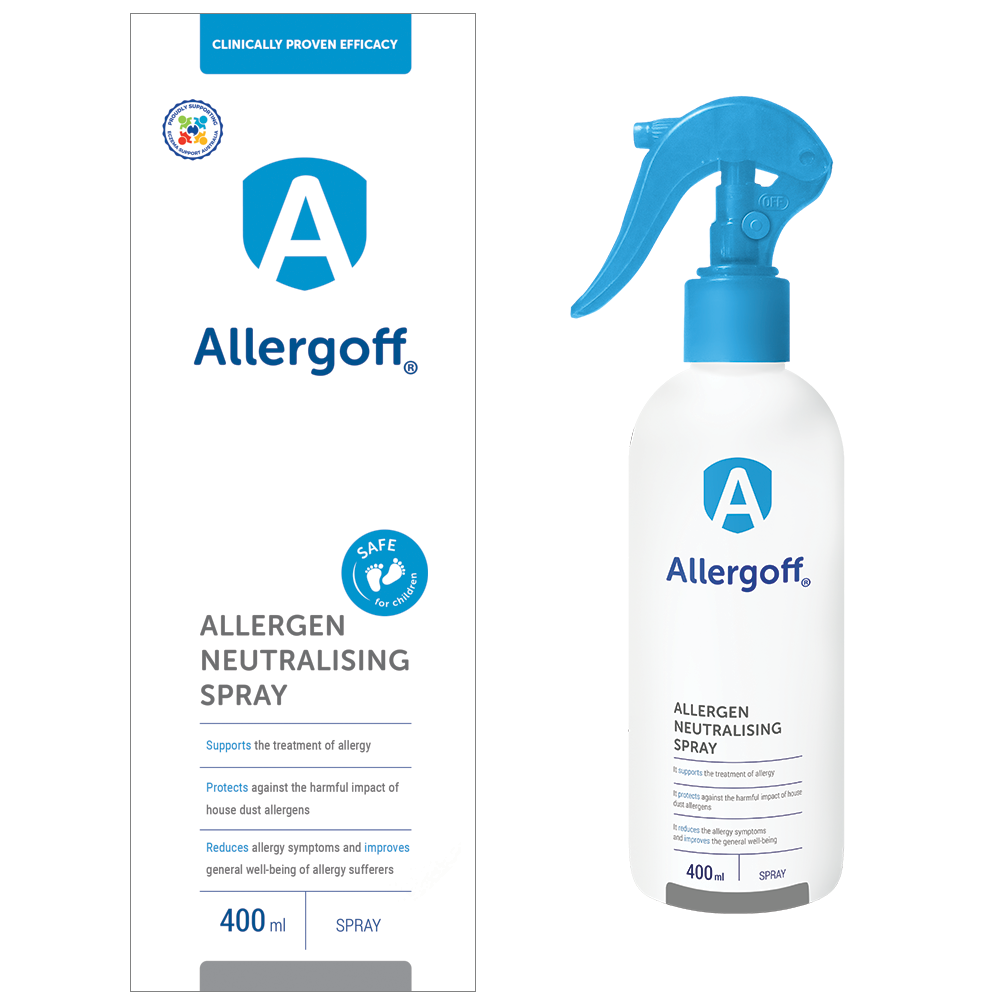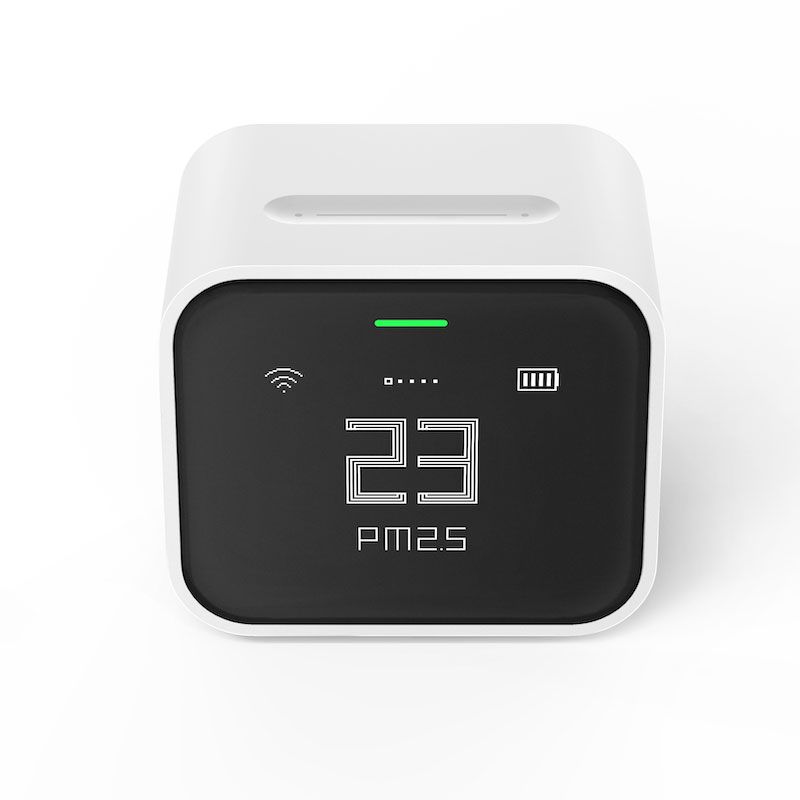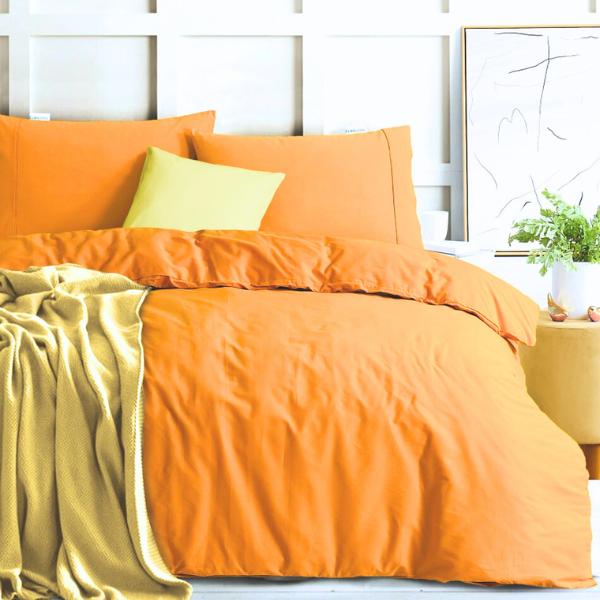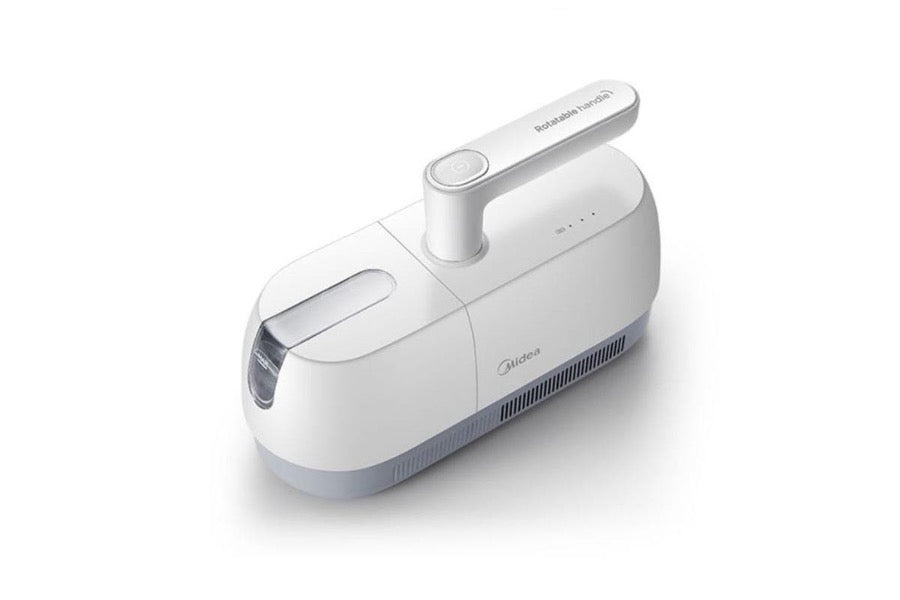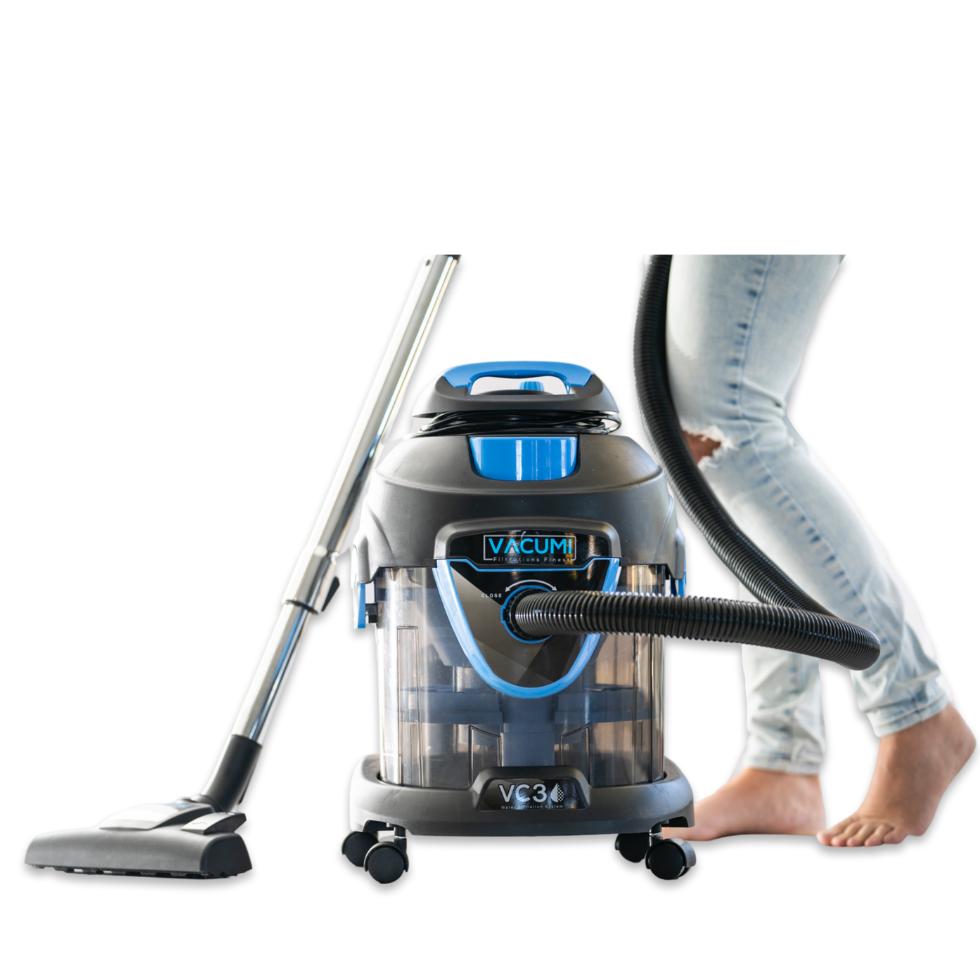What is allergic rhinitis
Allergic rhinitis is a condition in which the immune system overreacts to allergens such as pollen, dust mites, pet dander, or mold. "Allergic rhinitis, often called hay fever, occurs when your immune system overreacts to particles in the air that you breathe—you are allergic to them. Your immune system attacks the particles in your body, causing symptoms such as sneezing and a runny nose."* When a person with allergic rhinitis comes into contact with these allergens, their body releases histamines and other chemicals that cause inflammation in the nasal passages, throat, and eyes. This inflammation leads to symptoms such as sneezing, a runny or stuffy nose, itching in the nose, eyes, or throat, and watery eyes. Allergic rhinitis can be seasonal, caused by outdoor allergens such as pollen, or perennial, caused by indoor allergens such as dust mites or pet dander.
Symptoms of allergic rhinitis as a result of dust mite allergies
Symptoms of allergic rhinitis caused by dust mite allergies can vary in severity but may include:
- Sneezing
- Runny or stuffy nose
- Itchy nose, eyes, or throat
- Postnasal drip
- Congestion
- Red, watery, or itchy eyes
- Swollen, blue-colored skin under the eyes (allergic shiners)
- Cough
- Fatigue
- Headache
Symptoms of dust mite allergy-related allergic rhinitis may worsen at night or early in the morning when dust mites are most active. It is important to seek medical attention if the symptoms of allergic rhinitis are persistent, severe, or interfering with daily activities. A healthcare professional can provide a proper diagnosis and recommend appropriate treatment options.
What are the methods used to diagnose allergic rhinitis resulting from a dust mite allergy?
To diagnose allergic rhinitis caused by dust mite allergy, a healthcare professional will typically perform a physical exam and ask about your medical history and symptoms. They may also perform tests to confirm a dust mite allergy, such as:
-
Skin prick test: A small amount of a solution containing dust mite allergen is placed on the skin, and then the skin is pricked or scratched to allow the solution to enter the skin. If a person is allergic to dust mites, they will develop a raised, red, and itchy bump at the site of the test.
-
Blood test: A blood test may be used to measure the level of antibodies in the blood that are produced in response to dust mite allergens.
Is there a cure for allergic rhinitis as a result of dust mite allergy?
Currently, there is no cure for allergic rhinitis. However, there are treatments available that can help manage the symptoms and improve quality of life. These treatments may include:
- avoiding allergens
- taking medications such as antihistamines or nasal corticosteroids
- or receiving immunotherapy in the form of allergy shots or sublingual immunotherapy
It is important to work closely with a healthcare professional to develop an individualized treatment plan that is tailored to your specific needs and symptoms.
How can one reduce exposure to dust mite allergens in their home?
There are several steps you can take to reduce or avoid dust mite allergens in the home:
-
Encase pillows, mattresses, and box springs in allergen-proof covers: These covers can help prevent dust mites from colonizing and thriving in these areas.
-
Wash bedding weekly in hot water: This can help kill dust mites and remove their allergens from the bedding.
-
Remove or reduce carpeting: Dust mites can thrive in carpets, so removing or reducing carpeting in the home can help reduce dust mite allergens.
-
Use a HEPA filter in the bedroom and other living areas: HEPA filters can help remove allergens from the air, including dust mite allergens.
-
Use a dehumidifier: Dust mites thrive in humid environments, so using a dehumidifier can help reduce the humidity levels in the home and discourage dust mite growth.
-
Vacuum regularly with a HEPA filter-equipped vacuum cleaner: Vacuuming can help remove dust mites and their allergens from carpets, floors, and other surfaces.
-
Limit stuffed animals and soft toys: Dust mites can thrive in stuffed animals and soft toys, so it's a good idea to limit these items in the home or wash them regularly.
It's important to note that while these steps can help reduce dust mite allergens in the home, they may not completely eliminate them. If you have severe dust mite allergies, it may be necessary to work with a healthcare professional to develop an individualized treatment plan.
